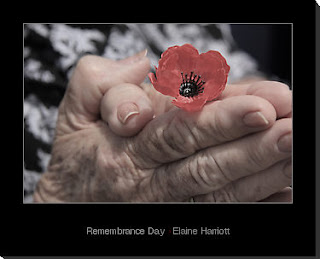I had the
privilege of attending the University of Lethbridge literature fair in
September. To start the day we enjoyed an informal speech by award winning
author Michael Kusugak, followed by small group
workshops. The workshops covered a variety of areas (the full list can be
found @ Literature Fair Link). Below are the three
workshops I attended along with some thoughts I took away from them.
More Than Wheat and Snow: Canadian Literature in High School
- Empathy and Reality- I’m encouraged to see this
more controversial type of literature being incorporated into the curriculum
because children need to understand what is happening in the world if they are
going to help change it. I do not think we help our children by ignoring the
"elephant" in the room. Children, like adults need to process,
explore, and talk, about those issues that are important to them. It gives
students that may be lost a sense of identity, those that feel like outsiders,
acceptability, and those that fear what's different, empathy. I loved the quote
presented “If it can be born in a story, it can be endured." Sometimes it
is easier to deal with our own feelings when we read (especially through books
as I think they are a powerful medium) and know that others have gone through
something similar, even if it is just a character on the page.
-
Fostering new writers-
These types of stories have an air of realism to them and because of that I
think that students may feel a bit more that they could do something like this.
As a potential teacher I believe that it is important to give children every
available resource they may need to succeed. Having stories they can relate to
that make them think, feel, and write is a step in the right direction.
Integrating Literature into Social Studies
- You can use books!- The actual concept of using literature in social
appealed to me because I a) LOVE to read and b) LOVE social, therefore the idea
of combining the two makes me ecstatic. It was particularly interesting to hear
ideas on how to use literary books as a springboard for lesson plans. There
were many good idea’s suggested to us like how to use a fiction and factual
book to explain a point from two different angles, or how images could
sometimes speak louder than words.
- What makes a good book? - I neve considered what actually made a book good for teaching. The idea that something may
look good but can actually be offensive to some caught me off
guard. It made me look at the books I have considered for lessons in a new light. We also talked about how a book should broaden or deepen our
understanding of social studies, and that we need to be age appropriate.
Exploring FNMI (First Nation, Métis, and Inuit) Literature
- There are so many ways to implement FNMI literature
into your teaching- I loved the suggestions
that we were given on how to implement FNMI into all subject areas. This gave
me several ideas of how I could use FNMI literature not only in my social
studies lessons but in all areas of my teaching.
- Using literature with
props- It was suggested
that we not only ask questions of the students to get them thinking about a
subject in a book but that we bring in a object that correlates with the story.
Three Books From The Fair I Would Recommend

Is a story about a young teenage girl in foster care named Tamara (Skinnybones) and Miss Barclay (The Wrinkle Queen) a ninety year old former high school teacher that lives in a senior's home. They meet when one of Tamara’s teachers pairs students up with seniors at a nearby facility.They end up on a Thelma and Louise style roadtrip to the coast to pursue their different passions—the Wrinkle Queen wants to go to the
Ring Cycle Wagner operas staged in
Seattle one last time while Tamara is desperate to take a modeling course in
Vancouver.

Is about a little girl that goes out shopping and finds a box of crayons that do not like each other. The story helps the crayons realize that everyone is important and they can all help each other make things much more beautiful that if they work together.

Children in an urban school are curious about a classmate’s moccasins and ask,
Where Did You Get Your Moccasins?


















